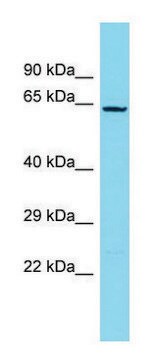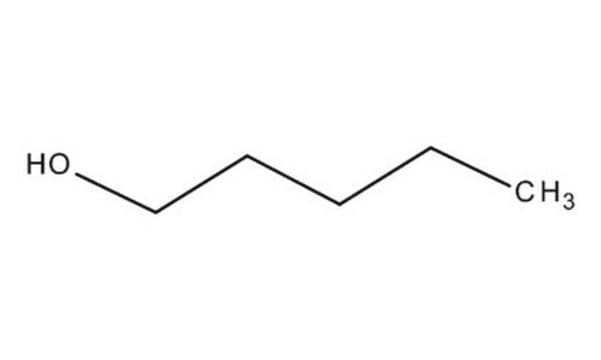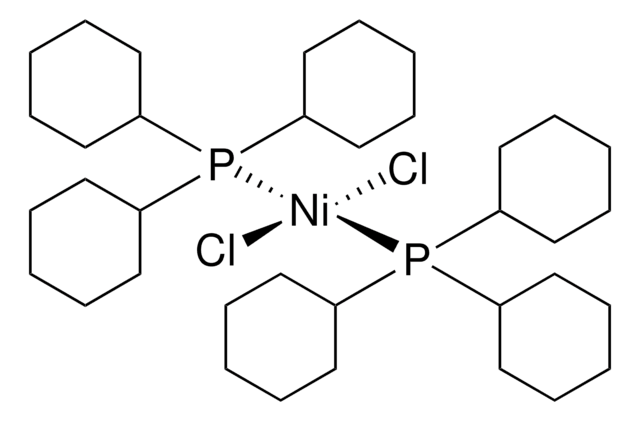8.06193
tert-Amyl alcohol
EMPLURA®
Sinónimos:
tert-Amyl alcohol, Amylenehydrate, 2-Methyl-2-butanol, tert-Pentyl alcohol, Dimethyl ethyl carbinol
About This Item
Productos recomendados
presión de vapor
15.5 hPa ( 20 °C)
Nivel de calidad
Línea del producto
EMPLURA®
Análisis
≥99.0% (GC)
formulario
liquid
temp. de autoignición
425 °C
potencia
5200 mg/kg LD50, oral (Rat)
lim. expl.
1.3-9.6 % (v/v)
pH
6.0 (20 °C, 118 g/L in H2O, neutral)
kinematic viscosity
5 cSt(23 °C)
bp
102 °C/1013 hPa
mp
-8.4 °C
temperatura de transición
flash point 20.5 °C
solubilidad
118 g/L
densidad
0.81 g/cm3 at 20 °C
temp. de almacenamiento
2-30°C
InChI
1S/C5H12O/c1-4-5(2,3)6/h6H,4H2,1-3H3
Clave InChI
MSXVEPNJUHWQHW-UHFFFAOYSA-N
Descripción general
Aplicación
- Development of a green, concise synthesis of nicotinamide derivatives catalysed by Novozym® 435 from Candida antarctica in sustainable continuous-flow microreactors: Highlights the use of tert-Amyl alcohol in enzymatic reactions, offering a greener alternative for synthesizing complex molecules in pharmaceutical research (Sheng et al., 2024).
- Enzymatic Synthesis of Ascorbyl Palmitate in a Rotating Bed Reactor: Discusses the role of tert-Amyl alcohol in creating stable environments for enzyme-catalyzed reactions, enhancing product yield and process efficiency in biochemical applications (Holtheuer et al., 2023).
- Effects of magnetic fields on the enzymatic synthesis of naringin palmitate: Investigates how tert-Amyl alcohol can be used to enhance the solubility and reactivity of substrates in biocatalytic processes, critical for industrial biotechnology applications (Zhang et al., 2018).
- Ethyl esters production catalyzed by immobilized lipases is influenced by n-hexane and ter-amyl alcohol as organic solvents: Explores the effectiveness of tert-Amyl alcohol as a co-solvent in biodiesel production, demonstrating its impact on enzyme activity and stability in biofuel research (Borges et al., 2020).
Nota de análisis
Density (d 20 °C/ 4 °C): 0.808 - 0.809
Identity (IR): passes test
Información legal
Palabra de señalización
Danger
Frases de peligro
Consejos de prudencia
Clasificaciones de peligro
Acute Tox. 4 Dermal - Acute Tox. 4 Inhalation - Eye Dam. 1 - Flam. Liq. 2 - Skin Irrit. 2
Código de clase de almacenamiento
3 - Flammable liquids
Clase de riesgo para el agua (WGK)
WGK 1
Punto de inflamabilidad (°F)
68.9 °F - closed cup
Punto de inflamabilidad (°C)
20.5 °C - closed cup
Certificados de análisis (COA)
Busque Certificados de análisis (COA) introduciendo el número de lote del producto. Los números de lote se encuentran en la etiqueta del producto después de las palabras «Lot» o «Batch»
¿Ya tiene este producto?
Encuentre la documentación para los productos que ha comprado recientemente en la Biblioteca de documentos.
Los clientes también vieron
Contenido relacionado
Our ergonomic 1 L HDPE bottle for acids, bases, and solvents provide an alternative to glass chemical bottles for lab safety in pouring & handling of hazardous chemicals in the laboratory.
Nuestro equipo de científicos tiene experiencia en todas las áreas de investigación: Ciencias de la vida, Ciencia de los materiales, Síntesis química, Cromatografía, Analítica y muchas otras.
Póngase en contacto con el Servicio técnico













